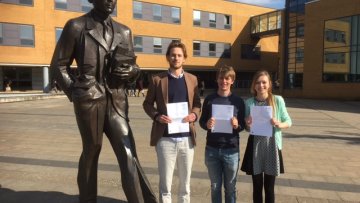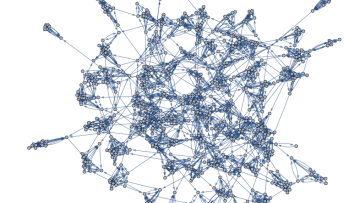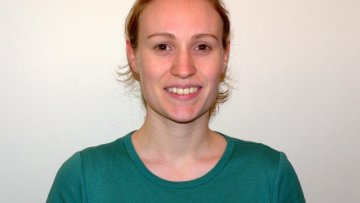14:15
Sub-ice phytoplankton blooms in the Arctic Ocean
Abstract
In July 2011, the observation of a massive phytoplankton bloom underneath a sea ice–covered region of the Chukchi Sea shifted the scientific consensus that regions of the Arctic Ocean covered by sea ice were inhospitable to photosynthetic life. Although the impact of widespread phytoplankton blooms under sea ice on Arctic Ocean ecology and carbon fixation is potentially marked, the prevalence of these events in the modern Arctic and in the recent past is, to date, unknown. We investigate the timing, frequency, and evolution of these events over the past 30 years. Although sea ice strongly attenuates solar radiation, it has thinned significantly over the past 30 years. The thinner summertime Arctic sea ice is increasingly covered in melt ponds, which permit more light penetration than bare or snow-covered ice. We develop a simple mathematical model to investigate these physical mechanisms. Our model results indicate that the recent thinning of Arctic sea ice is the main cause of a marked increase in the prevalence of light conditions conducive to sub-ice blooms. We find that as little as 20 years ago, the conditions required for sub-ice blooms may have been uncommon, but their frequency has increased to the point that nearly 30% of the ice-covered Arctic Ocean in July permits sub-ice blooms. Recent climate change may have markedly altered the ecology of the Arctic Ocean.




